Proper planning is the key to successfully building a sustainable green home. An energy-efficient ‘eco home’ doesn’t necessarily need to cost a lot more than a code-built home because a lot of that depends on design, but choosing andfinding green building materialscan takeabit longer as they often need to be special orders. So, it is even more important to do your research early and be organized because in our experience at least 50% of a successful sustainable home build comes down to effective and timely project management, not just the skill of the building professionals who help to build your new dream sustainable home.
The market for building high-performance sustainable homes is changing rapidly, so it is never too early to find out what is trending in green home construction;see here the top green building trends of 2020.
Remember that some of these steps are cyclical, in that you need some basic and accurate information before you get into details. Having an initial maximum budgetary comfort-zone for your new sustainable home build is the starting point, then getting an idea of lot costs in your targeted build areas, and finally getting some ballpark figures for the actual green home build itself. All of those elements need to look feasible first, before getting into detailed discussions with the construction professionals. Remember that their time is precious, and if an experienced building professional asks "what is your budget" it's because they are working out if you're potential client material or, dare we say it, possible timewasters!
All that said, here are our top 10 tips for planning and successfully building an eco-friendly and sustainable green home:
1.Save a budget (and keep some in reserve)
This is sort of a no-brainer, but we need to start here just so it’s out of the way - especially asbuilding a green home is the most expensive investment most of us will ever make. The more you have socked away and got clearance on from the bank before you start your new home build, the better, because there's so much to consider and a build takes so long, that things can change as the construction progresses.
A home building project can turn into a nightmare pretty quickly if you start to stray too far from the budget, and it's a recurring mistake we see people make that we'd like to save you from if we can - don't run out of money mid-build - be certain before you start that there's enough in the kitty to get your new sustainable home build to at least a watertight shell, because then at least it won't deteriorate while waiting for additional funds to get working on the next stage.
而且,在你开始之前,通过全面地组织和规划你的新绿色家园——并专注于基本要素,你不太可能被那些往往会浪费预算的细节所分心!(Likefancy countertops,kitchens, tiling orfloor finishes, for example). These should be a later consideration after the basics of the homes structure, external finishes and it's performance are decided upon.
2. Find a suitable building lot for a green home
Finding the right building lot when building a new sustainable homeis such a key element and yet often overlooked until it turns out to be an unattainable dream!We agonized over whether this should be our number 1 Top Tip on building a sustainable home - because without the right building lot, no green building project is ever going to happen succesfully at anything like a reasonable budget. When building a new green home, especially in a northern climate with it's clearly defined seasons, how a home is to be heated is key to how much insulation is appropriate and what the construction and ownership / running costs are going to come to - which is all part of the budgeting.
Things to consider before getting any costs defined for a new green home building lot are:
- Insolation - yep, that's spelt correctly - what we mean is how much sun does the lot get, and at what times of the day throughout the year? A beautiful lot on a north facing hillside amongst non-deciduous trees, or an urban lot that's to the north side of high or mid-rise buildings, is going to spend most of it's life in the shade. In a warm climate this might be an advantage, but in a colder climate this basically deprives any future home from any possiblepassive solar heating- so should be considered suboptimal.
- Distance from work, schools, shops and civilization. If serious about reducing your carbon footprint and living in a truly green home - the future requirements for getting everywhere your family needs to be can have an important impact. Unless you're looking tobuild an off-grid eco home或者正在预算大量的太阳能光伏板来为特斯拉充电,请确保你准确地预算了建筑用地,在交通方便的地方,或者在城市中心,有你日常生活所需的一切。
3. Fix a realistic green home building budget
Your available budget is obviously a main factor in a successful green home build. How soon you share that with your design team is your own judgement call, which comes down to trust. If they think you have really deep pockets then it is possible that they will try to ‘lighten your load’ a bit, so don’t come across as a millionaire unless you are planning to spend that! Be sure to project yourself as someone wise with your money who will be keeping a keen eye on the bills and the progress throughout the construction project, and who wants to get the ecological basics right as a priority.
Project overruns in both material cost and labor are very common in green home construction and renovation projects, so – plan as best as you can, then assume you will miss your targets and be sure to have a financial buffer-zone in place. See our page onhow to stay on budget with a green home build.
Timeline delays are also very common. It is impossible to anticipate accurately delays in material shipments or missed days due to poor weather, so with planning the various stages it is also good to allow a realistic margin of error in anticipating completion time. This ensures you don’t lose one subcontractor to another jobsite because you weren’t ready for them. In peak building season an experienced builder is often booked pretty tight and losing your spot in the queue can sometimes push back all your other trades in a disasterous domino effect that forces your build back in the building season twilight zone. Something we always try to avoid in northern climates with heavy seasonal changes - as nothing grinds a build to a halt quicker than a fresh dump of the white stuff... So much for moving into your beautiful new home for Christmas!
If all this sounds daunting (and believe me - even seasoned building professionals can find it daunting) then rather than give up on a dream to live in a beautiful Architect-designed home, consider choosing amodern green prefab home with Architect pedigree and Certified performance instead - see here for inspiration.

4. Selecting a green Architect or home designer
When planning to build a new green home, especially if it's going to beLEED, Passive House or ZNE certified在美国,你需要一位建筑师或绿色家居设计师来制定计划。虽然我们很欣赏每个人都必须从某个地方开始,但我们通常会建议不要在可持续住宅规划领域使用一个完全的新手,这太危险了。所以,问任何建筑师或家居设计师的第一个问题是“你以前建造过绿色或可持续认证的住宅吗?我可以看看它们吗?”如果你很勇敢,你也可以问问它是否在预算范围内,如果不在预算范围内,它超出了多少……
Also, in our projects here at Ecohome, we've found that experience is so important with being comfortable enough to take on board well-researched client suggestions for those all-important mechanical or building material choices. These choices can often make a substantial difference in the cost of a new sustainable home build - and make all the difference on keeping the project on time and on budget.
5. Sustainable home building organization
To get out of the gate well-organized, an important step to building your perfect new home is to create a detailed spreadsheet that you gradually fill in through the extensive sustainable home design process. Topping that list should be the names of potential professionals you may need on your team – architects, designers and general contractors. Once you have that preliminary team in place, get them all in one room – or at least electronically - to make sure they play well together and are all on the same page. This is such a valuable step in green home design that it even earns a point in theLEED green building rating systemas an ‘integrated design team’.

6. Is building a house with green credentials yourself cheaper than hiring builders?
A reasonably skilled builder or handyperson may think that there are a ton of savings to be had if they build an entire sustainable house themselves, by taking on tasks and trades that they don’t yet have experience in. Go ahead and do it for the experience and fun of it, but unless you hope to work in a certain field, there is likely no financial reward waiting for you by learning a trade simply to do a job once.
As an example – take drywalling. You’ve never done it but it looks pretty easy right? Well, I can tell you it is not (speaking as an experienced drywall messer-upper). A trained crew can drywall an entire house in a day sometimes; you may take a week. And then the trades person charged with mudding over your whacky joints may cost twice as much while they curse your name the whole time. So…you just lost a week of productivity at your own money-making talent (ie: your job), and you just learned that drywalling is harder and perhaps less fun than you thought. Trying to save 5 bucks will often cost you 20 bucks.
7. Can you save money by "helping" with the build?
A common mistake made by homeowners trying to save some money when building a green home is thinking it will help if they complete certain stages for their builder by ‘working the night shift’.帮助他们并不是不可能的,这并不是说它总是出错,而是你必须确保自己拥有能够带来好处的技能和工具。出于礼貌(也是为了你自己的利益),你想做的任何事情都绝对应该得到总承包商的批准。一个熟练的GC将有一个计划和一个熟练的船员来执行工作,他们都知道自己的角色;你可能只是一个找地方跳的活动扳手。
Not trying to sound condescending about it, but when your 5-year old offers to help make dinner, it is possible that it may get done quick and be delicious, but anyone who has ever had a 5-year old sous-chef knows that it will more often go completely the other way.
That same sort of relationship may exist between you and your builder, and unbeknownst to you : ) - they may be reluctant to have you involved, but they may be even more reluctant to tell you that you aren’t welcome to help. So, even if you actually slow them down, they may let you work alongside just to appease you since you are the one holding the purse strings!
There are areas where once you understand the principles and techniques, you might be able to feel you contributed to your high-performance home build and saved some money - one good example can be infitting and taping air barriers carefully to ensure air tightness in a new home build - (see here)as long as you have the time to ensure the job is completed properly before the final finishing is to be applied, then this is within the skillset of most competent DIY'ers.
In my past, as a builder, the one task we would often welcome from homeowners was cleanup. Not having to shut down a half hour early to sort debris and sweep up is the easiest way to help without getting in the way. When that happens successfully, it can mean the team gets an additional half hour of build time a day, time that adds up fast - and a clean building site, where there are plenty of sorting bins available to drop offcuts into rather then dropping them on the floor, is a safer and healthier jobsite too, which can only be a good thing. And on that topic,read here about how to keep air quality clean during renovations.
While we're at it, the other things we really appreciate as a construction team - fresh coffee appearing at meal and break times, and being trusted to get on with the job without the future homeowner breathing down our necks! #justsayin - but then we're passionate about getting green home builds right.
8. Selecting the right green building materials.
Choosing the right environmentally-friendly and high-performance building materials is critical for building a green home.By the time you get to the point of making material selections, you should have a building team in place, as they themselves will likely have preferred building materials and you need to be prepared to discuss, negotiate and possibly to compromise.
To that end, when you are initially selecting builders, remember to question them on their priorities in terms of material selection and be certain that you mesh well - or in other words that they are happy to go along with well researched suggestions and options without it breaking the budget.
你选择的建筑材料不仅是决定购买成本的一个重要因素,而且还会影响你家未来的室内空气质量、房子的耐久性和室内表面。这也会影响到你将来可能需要做多少家庭维护。生态家园绿色建筑指南页面提供了许多资源,寻找耐用,健康和环保的建筑用品,同时保持预算;here are a few examples that will help you choose:
- Which insulation is best for different applications
- Choosing the right rigid insulation boards
- Eco-friendly flooring options
- Choosing safe paint
- Find durable and healthy green kitchen counters
- Eco-friendly green building products for sustainable home construction
作为屋主,材料的最终选择应该是你自己的。建筑商会选择更喜欢的材料,但这可能只是一种习惯,因为熟悉,也可能是由于当地材料代表的“说服”。因此,业主有屈服于他们的总承包商的意愿的风险,甚至可能影响他们新的绿色住宅的性能,但不要让这种情况发生!让他们解释他们的选择,然后自己做研究,这样你就可以把你的结论带回给GC,如果他们不同意你的观点,你可以基于事实温和而坚定地说服他们,让他们走上正确的道路。
Check the product data sheets on the websites of material providers to learn the chemical composition of materials, air and vapor permeability, as well as proper applications and installation techniques.
Before you sign a contract with a builder be sure that the product selection is finalized and written into the contract. This will prevent a builder from purchasing a cheaper, inferior or even toxic product to increase their profit margin.
9. Don’t move into a house before it is complete!
There is a saying, (there’s always a ‘saying’ isn’t there?), but this one at least is true -if you move in before you finish your new green home build you will never finish it. That one is as close to a truth as you will ever find.
Moving into a house before it is completed will drive your builder bonkers; it means living in a mess, breathing dust and debris, making poor decisions and, at the very least, it means you will say “we can do that later”- yet ‘later’ will likely never come. Until of course, the day you are staging the house for sale and now realize you didn’t actually finish the baseboard trim behind the couch, and years later you will never match the color and patina.

If you are renting, carrying a second mortgage, living in your Mom’s basement or couch surfing, make sure your welcome lasts well beyond your target completion date.
As we mentioned earlier, one missed target can lead to losing your timeslot with a trade team and that means a building site can easily sit dormant for days and sometimes weeks. If a builder tells you in February that your house will be ready for August 1st, don’t tell your landlord you’ll be out July 30th. We cannot give you a figure of what that timeline buffer should be, just be mindful of it and be sure you’re not stuck in a hotel for 2 months; that could cause a pretty big ‘budget overrun’.
It's best is not to bring a single personal item into a house until the last coat of paint is dry and last light bulb installed. And again we speak from experience, since more than one of us here at Ecohome has definitely been there, done that and sewn an 'I moved in too early' badge on our scout uniform!
10. Join the Ecohome network and get your green-build on!
Since you found us in the first place and have read through this article, you have a pretty good idea by now what we are all about - Build Better, Renovate Better, Live Better is our motto - and we're all about building the best green homes on a budgetOur pages are full of free information on the best green-building techniques and the latest high-performance products on the market. Use ourgreen building guideor search bar to find the information you need, and if it’s not there, then drop a question about it in theEcohome sustainable home building or renovating discussion forumand we’ll get right on it.
Becoming a member of Ecohome costs you nothing; we don’t trade names, we don’t spam you with junk, and if you leave you’ll never hear from us again (we'd just be sad and miss you!) If you didn't already,Learn more about signing up as an Ecohome member here.
Our members will get occasional notice of the latest news and product releases, oftentimes with preferred pricing. So you won’t spend here; you’ll only save. We want homeowners and builders to find the best materials and professionals out there; by doing this we can together affect change in the industry by driving market share to responsible product manufacturers. Good luck with your sustainable home build! And remember - The Ecohome Network isThe可持续建设人人受益的网络。tm
Now you know more about thetop tips for planning and building a green sustainable home on a budgetsuccessfully...Find more pagesaboutsustainable and resilient green building techniques here:
Find more about green home constructionin the EcoHomeGreen Building Guide pages |


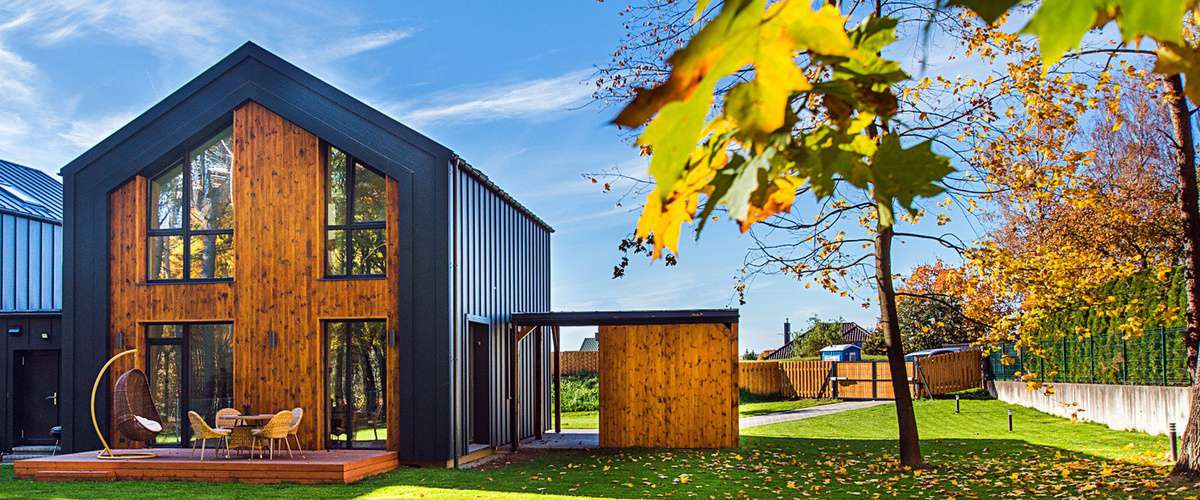















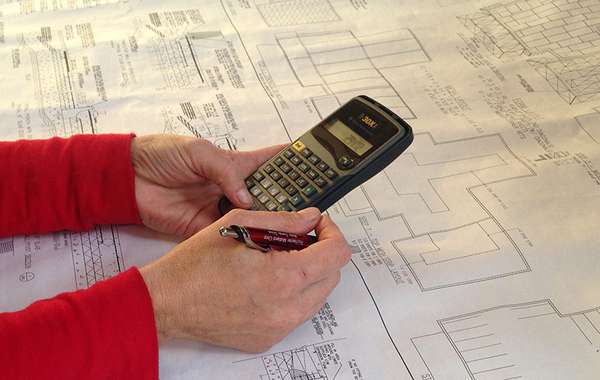
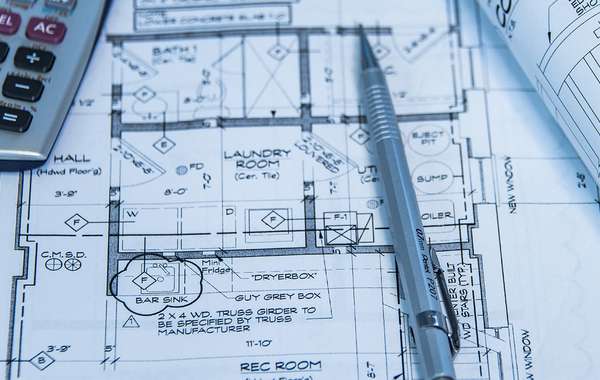
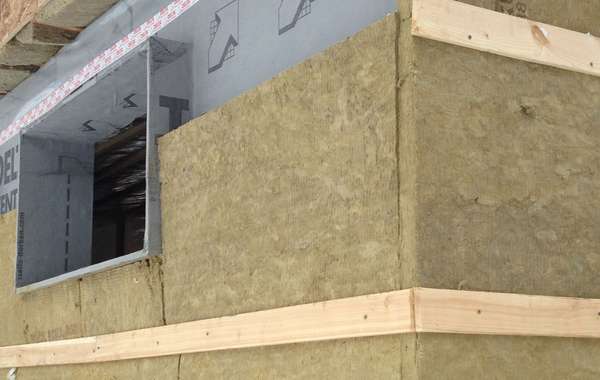
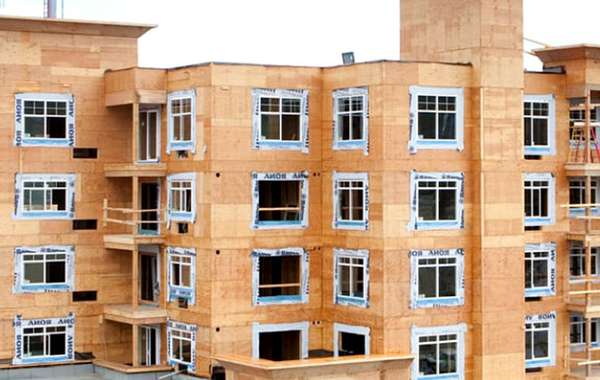

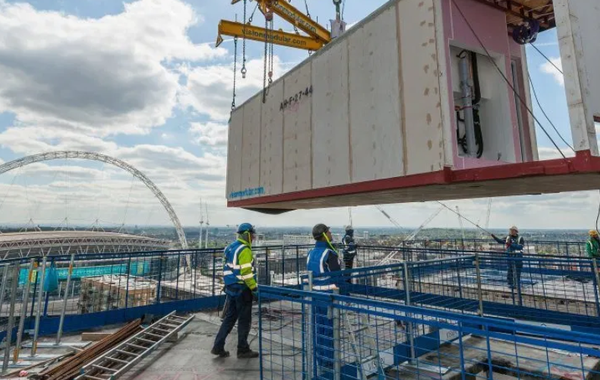
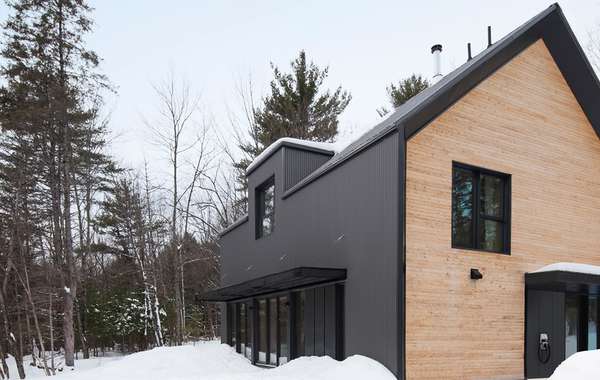
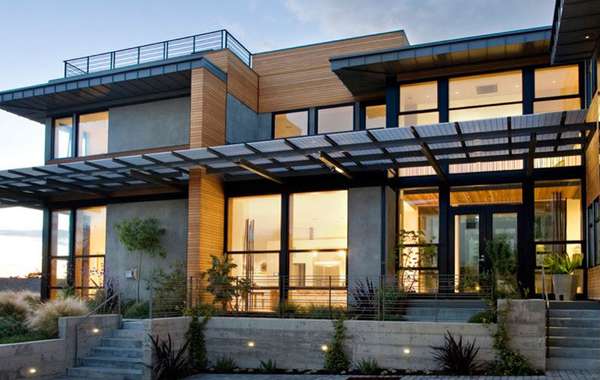
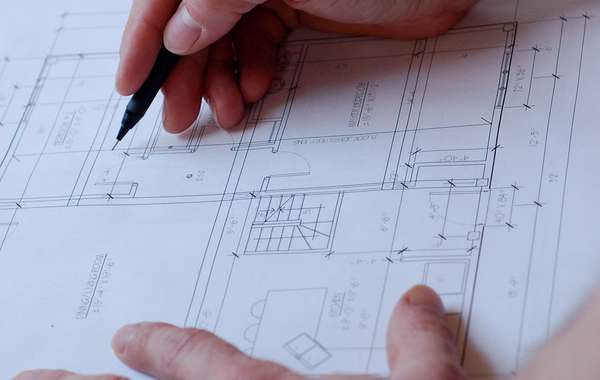

好文章!多谢你分享环保建筑的心得。绿色建筑可以帮助节省资金,减少影响,保护你的健康。因此,它在你的家庭和环境中释放毒素。
Great information on constructing a green home. Very Insightful.
In point 2.1 above, shouldn't "... or an urban lot that's to the south side of high or mid-rise buildings..." be "... to the north side ..."?
Or am I missing something?
Thanks for your great site. -Ken
Worth informative article thanks for sharing :)
I have 4 months available each year to get involvoed with a build. I have made cabinets, furniture, installed steel roofs, poured concrete steps, built decks, etc. I read the guide and understand the idea that trying to be involved in the build in the end does not save money. However, if I were to complete the slab on grade with radiant heat, wouldn't that be a considerable money savings. If this is a one story, 1200 square foot house with a two car garage besides, what kind of savings would you guess that would cost on a house that might end up cosing about 275k total?
I would have June-August to build the slab. Might do ICF walls too.
Thanks